In the graphic design world, movement refers to the path of a viewer’s eyes as he or she looks at your work. Since movement can add such a large sense of unity in design, it plays a significant role in the creation process. By tying the different elements of a design together in a specific way, you can control the movement of your viewer’s eyes throughout the medium.
How it works in graphic design
Due to the natural tendencies of our brains, the movement of our eyes is actually quite predictable. For example, our eyes tend to follow any pre-determined linear path such as solid and dotted lines. They also follow paths from large to small elements, from dark to light elements, from colour to non-colour elements and from unusual to usual shapes. Patterns with size gradation and repeated shapes also provide a path for the eye to follow.
Repetition
 When elements with common characteristics are repeated in a regular or irregular pattern, it creates a sense of movement within the design. Although repetition often implies the exact duplication of elements, it can also create movement with similar objects or objects that resemble one another. A designer can actually add interest to a design by placing slight variations into a basic repetition. The repetitive pattern will tie the variations together to create unity. Check out this example to get more insight!
When elements with common characteristics are repeated in a regular or irregular pattern, it creates a sense of movement within the design. Although repetition often implies the exact duplication of elements, it can also create movement with similar objects or objects that resemble one another. A designer can actually add interest to a design by placing slight variations into a basic repetition. The repetitive pattern will tie the variations together to create unity. Check out this example to get more insight!
Rhythm
Rhythm is a result of repetition that helps lead eye movement from one element to the next in a particular direction. It can be used to create a direct, flowing or staccato movement. Whether a designer utilises continuous repetition, periodic repetition or a combination of the two, that designer should always focus on creating rhythm. One element should be slightly changed in each repetition or periodically change throughout the design. These changes can be made in size gradation, colour variation, texture fluctuation or value variety. Lines can vary in direction, weight and length to create diversity and interest in rhythmic design. Colour plays a large role in the rhythm of design and can be repeated throughout the medium for emphasis.
Action
Action is one of the strongest methods for creating movement in design; however, two-dimensional designs lack the capability to show true action. Designers must imply the action in these designs to create energy and activity. This idea can be shown through the direction one’s eye takes along the invisible path of a pointing finger, arrow or gaze within the design.
The “freeze frame” effect can also indicate an object in motion. While this example shows the “freeze frame” effect with a cat above water, the effect can be used in endless ways. A bouncing ball in mid-air or athletes hurriedly crossing the finish line are also good examples. You can use this in all types of design by adding elements that imply motion.
Using movement can mean the difference between a dull boring design and one that truly captures the viewer’s attention. It is also an important tool when trying to direct the viewer to a certain element within the design. Whether you are a marketing director or a fashion designer, the use of movement can really make your designs stand out above the competition!

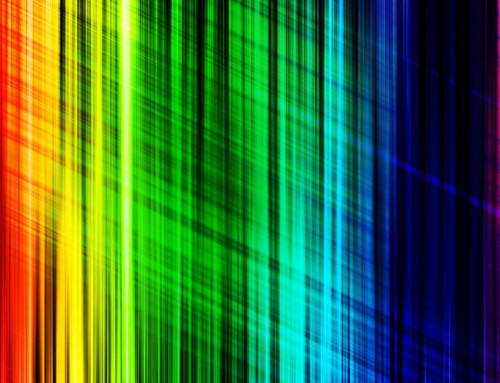
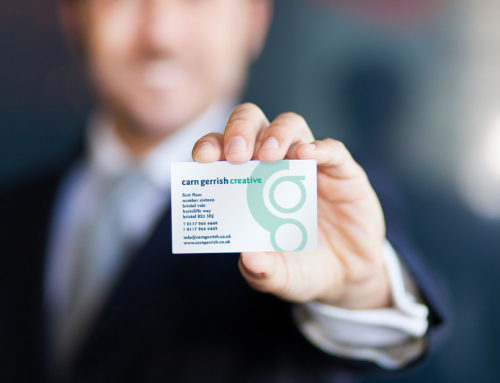
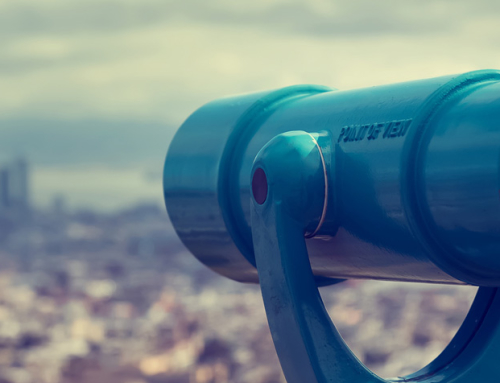
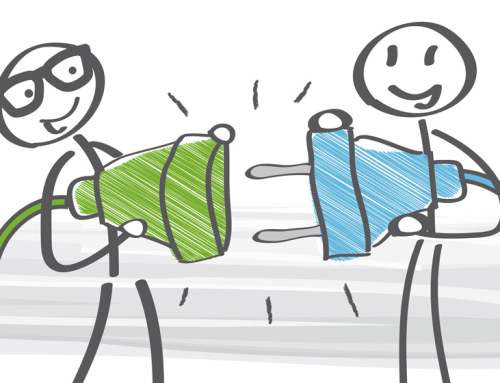
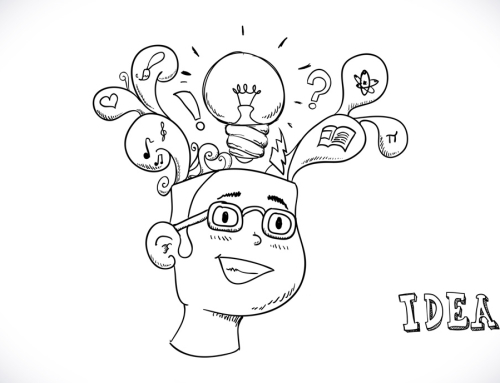
Leave A Comment
You must be logged in to post a comment.